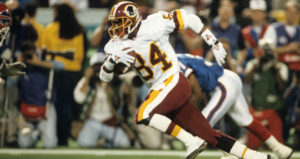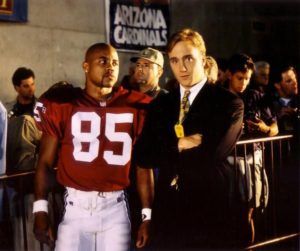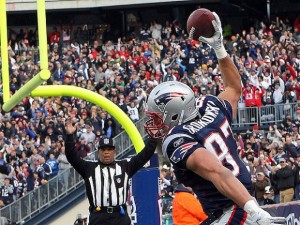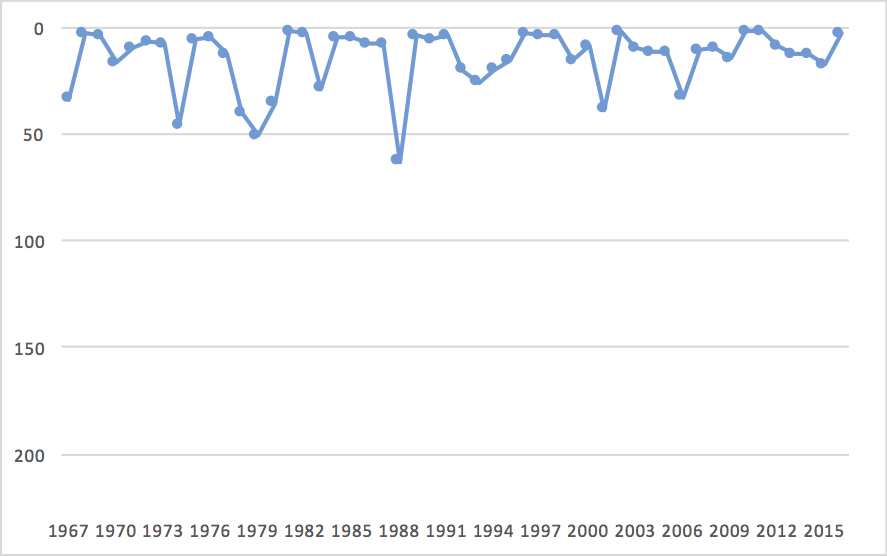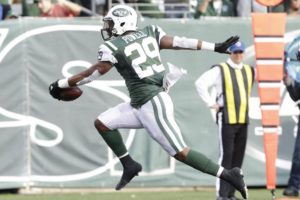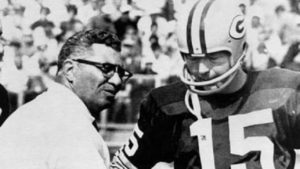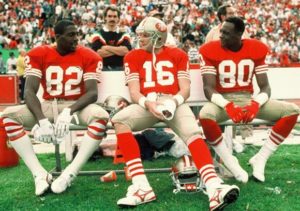On Tuesday, we looked at three of the best teams on three of the greatest dynasties in football history: the ’53 Browns, the ’87 49ers, and the ’07 Patriots. Yesterday, the focus was on the ’64 Packers, a talent-rich team sandwiched around repeat champions from ’61-’62 and ’65-’67. All four teams were dynasties with Hall of Fame coaches and quarterbacks, and that trend continues today with a look at the ’70s Steelers, and the historic combination Chuck Noll and Terry Bradshaw.
And as with the Packers, we will look at a Steelers team that didn’t win the Super Bowl but was in the middle of the team’s dynastic run.You know that Pittsburgh won four Super Bowl titles in six years, but less understood is how the team evolved over that period.
Four of the Steelers Hall of Famers were drafted in 1974, the year of the team’s first championship. Jack Lambert, John Stallworth, Lynn Swann, and Mike Webster were all green 22 years olds that season, and only Lambert was a major contributor as a rookie; Stallworth, Swann, and Webster combined to start just six other games.

Noll and Bradshaw didn’t always see eye to eye, but they usually won.
A fifth Hall of Famer, QB Terry Bradshaw, was drafted in 1970, but he was far from Terry Bradshaw even five years into his career. The ’74 Steelers featured one of the worst passing attacks to ever win the Super Bowl, and Bradshaw’s passing numbers were below average in each of the first five seasons of his career. In fact, it was Joe Gilliam who won the training camp battle for the starting job; Bradshaw didn’t even start the first six games of the 1974 season. Four years later, he was the AP MVP.
What about the rest of those famous Steelers? RB Franco Harris was drafted in 1972; he was an immediate star, and made his third straight Pro Bowl in ’74. LB Jack Ham was drafted a year earlier, and he made the first of six straight AP 1st-team All-Pro teams in ’74 (and the second of eight straight Pro Bowls).
In 1970, Pittsburgh drafted not just Bradshaw, but Mel Blount. The famed cornerback was a full-time starter his first five seasons, but he didn’t make his first Pro Bowl or earn any All-Pro recognition until 1975, when he led the league with 11 interceptions. And in 1969, the Steelers drafted DT Joe Greene and the best Steeler with four rings not in the Hall of Fame, DE L.C. Greenwood. Both were in their prime by ’74.
So while the ’74 Steelers had the names, only half of them had actually developed into stars by 1974. Stallworth, Swann, Webster were reserves, Bradshaw had been benched and underperformed, and Blount had yet to break out. The ’74 team went 10-3-1 and had an SRS of +6.8; the ’75 version was much, much better: that team went 12-2 and had an SRS of +14.2, and rested starters and lost the final game of the regular season. And the ’76 version? Well, after a very rough start, it finished with an SRS of +15.3, the best in Pittsburgh history.
So when it comes to missing rings, the obvious starting place to look is the ’76 Steelers. The ’73 Steelers were far too young, while the ’80 Steelers were over the hill; the only other choice would be the ’77 squad, but that one was doomed before the season even started, with the team chemistry hindered by lawsuits and holdouts. No, the Steelers team that should have won it all — but didn’t — was perhaps the best Pittsburgh team in franchise history. [continue reading…]

